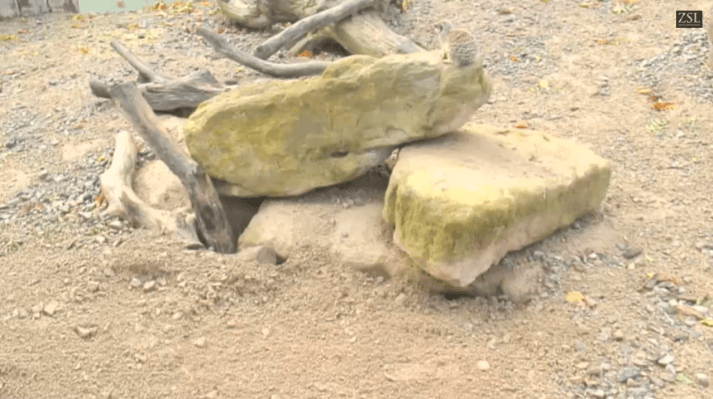You can say one thing about Google, it sure knows how to push the Internet’s buttons. The company has figured out the perfect way to spice up a dry technology trial: by partnering with London Zoo to use the wireless tech in question — white spaces spectrum — to stream live footage of animals on to YouTube. Specifically meerkats. Otters. And Galapagos Giant Tortoises.
Spectrum is a pretty dry topic at the best of times. White spaces spectrum is even more niche — we’re talking about bits of spectrum deliberately left unused within spectrum bands to create gaps or buffers between TV broadcasts to avoid interference between channels.
Various countries have been considering how these bits of valuable spectrum might be put to use, as TV broadcasts have gone digital and egged on by interested parties in the tech space — such as Google — who have a vested interest in spreading connectivity . These players see big potential for unlicensed white spaces spectrum to offer a wi-fi alternative, thanks to its long range and wall-penetrating abilities. Google, for instance, launched a white spaces trial in South Africa last year to connect 10 schools to a new wireless broadband network.
In the U.S. the FCC approved the use of unlicensed white spaces spectrum back in 2008. In the U.K. telecoms regulator Ofcom also wants white spaces spectrum to be unlicensed to help ease demand for spectrum but it’s still in the trialling phase — hence today’s cute animal streaming test. Multiple other tests are also ongoing in the U.K.
Ofcom says it envisages various potential use-cases for the spectrum — such as Internet access for rural communities, “wi-fi-like services”, wireless video streaming, and new ‘machine-to-machine’ networks. Aka the Internet of Things.
London Zoo’s involvement in this latest test (one of seven currently running across the UK, with more planned according to Ofcom) is apparently to consider whether this sort of spectrum could be used to help protect endangered animals in the wild. Google’s interest here is presumably mostly in the marketing potential of cute animals streaming over the Intertubes. And onto YouTube.
The UK regulator is now saying white spaces spectrum could be rolled out for usage in the U.K. in 2015 — following “completion of the trials, testing and policy development”. However it has previously suggested a launch towards the end of 2013 was possible. So a commercial launch is already taking longer than envisaged. Evidently a lot more meerkats are going to need to be streamed before this technology is ready for the prime time — although TechCrunch understands this is down to industry wanting to continue exploring potential use-cases, rather than an Ofcom requirement at this point.
Other U.K. white spaces trials currently taking place including flood defence testing in Oxford, a smart city test in Scotland looking at using the tech to enhance indoor and outdoor Internet coverage, and — also in Scotland — tests to bring web connectivity to boats and ferries.
Ofcom maintains a list of active or completed white spaces trials here.
